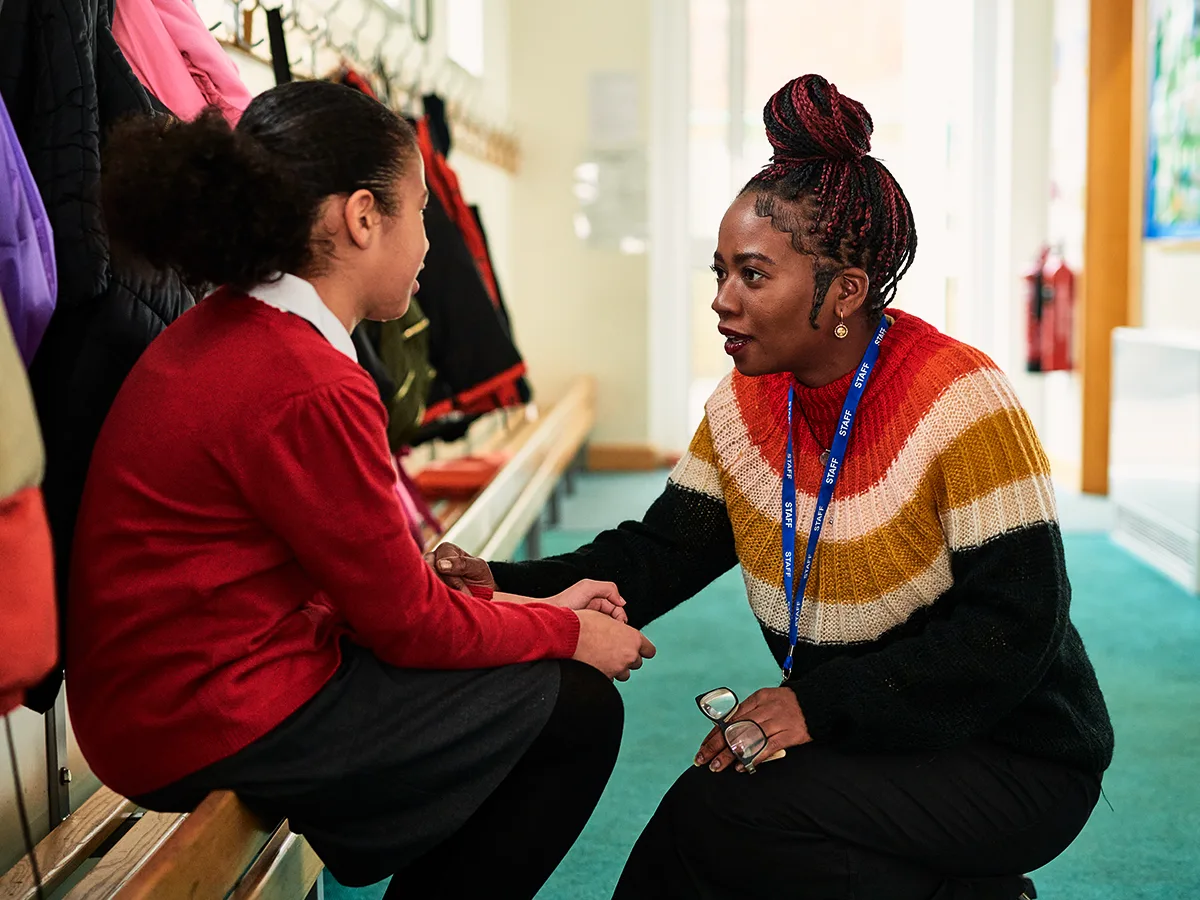What is a functional behavioral assessment (FBA)?

Expert reviewed by Amanda Morin

At a glance
Some students struggle to learn in school because of behavior challenges.
Functional behavioral assessment (FBA) is a process schools use to figure out what’s causing challenging behavior.
An FBA leads to a plan with strategies to improve the behavior.
When students run into trouble at school, it’s not always because of academics. Often, behavior is the reason kids struggle. Kids may disrupt class, become withdrawn, or even cut class.
To help students, schools use a process to identify and understand challenging behaviors, and come up with possible solutions. It’s called functional behavioral assessment (FBA). An FBA is like an evaluation focused on behavior.
An FBA tries to figure out what’s behind behavior challenges. The basic idea is that behavior serves a purpose. Whether kids know it or not, they act in certain ways for a reason. If schools and families know what’s causing a behavior, they can find ways to change it.
Here’s an example.
Aaron has strong math skills. But when the class gets a math word problem, he gets angry and argues with the teacher. The behavior continues and the teacher doesn’t know what to do.
The school does an FBA and learns that Aaron has trouble showing work on word problems. That’s why he’s acting out — to avoid this stressful math situation.
A school team works on the FBA. The team is led by a person trained in understanding behavior, like a school psychologist or a behavior specialist. The FBA team may also include teachers, school staff, service providers, the student, and their family.
When an FBA is complete, the school should have a good idea of what’s causing the behavior and how to help. The next step is to create a behavior intervention plan (BIP) with strategies and interventions to improve the behavior. Over time, the plan may change depending on the student’s needs.
Dive deeper
The steps of an FBA
During an FBA, the school team gathers information and uses it to create a plan to improve behavior. Here are the steps the team takes.
1. Define the challenging behavior.
An FBA starts by defining the student’s behavior in a specific and objective way. For example, instead of saying the student is “defiant,” the team might say the student “rips up worksheets and doesn’t respond when asked to show work in math class.”
2. Gather and analyze information.
Next, the team pulls together information and data about the behavior. It may look at school records, interview school staff who know and work with the student, and screen or test the student. The goal is to answer questions like:
When and where is this behavior happening?
Where is it not happening?
How often is the behavior occurring?
Who is around when it occurs?
What tends to happen right before and right after the behavior?
The student can provide this information, too. Only kids know how they feel in the moment. Asking them to keep track of feelings and emotions helps the team. The team might also note how classmates react.
3. Find out the reason for the behavior.
Using the information collected, the team makes their best guess about what’s causing the behavior. It may be that the student is trying to escape or avoid something, for example.
4. Make a plan.
Finally, led by the school psychologist or a behavior specialist, the team creates a plan based on its best guess. Here’s where the school creates the BIP to teach and encourage positive behavior by the student. Often, as the team learns more, it will need to adjust the plan.
Learn about behavior intervention plans (BIPs).
Who has the right to an FBA
Not all students get an FBA, even if they have a behavior challenge. There are three situations where schools typically use this process.
As part of a school evaluation for special education. An evaluation looks at all aspects of a student’s learning. If the team thinks behavior is getting in the way of the student’s learning or the learning of classmates, it will do an FBA.
If new behavior concerns arise with kids who have an or a . When this happens, schools will do an FBA. The law requires schools to conduct an FBA whenever not doing one would deny kids a free appropriate public education.
In certain school discipline situations. Federal law requires an FBA in specific situations when a student is disciplined or removed from school. The rules are complex. If a student’s behavior is caused by or had a direct relationship to their disability, then an FBA is required. It’s also required when law enforcement, weapons, drugs, or serious injury are involved. Schools often do FBAs to evaluate risk for students with serious behavior issues.
What about kids who don’t have an IEP or a 504 plan? Or those who aren’t in a school discipline situation? An FBA isn’t commonly used for these kids. The law doesn’t require it, either.
However, schools often have other systems, like PBIS, to help students with behavior. Learn about PBIS.
Next steps: Educators
As an educator, you may be asked to work on an FBA for a student. It’s important to learn as much as you can about the process, and to communicate with parents and caregivers about what’s happening.
Learn more about how to apply positive behavior strategies in the classroom. And find out why kids may act out to communicate their needs.
Next steps: Parents and caregivers
Keep in mind that an FBA may not be a quick solution to behavior challenges. It will take a lot of work by the school, you, and your child to improve things. But the FBA can give a more complete picture of why your child is struggling.
You can help by observing your child and telling the school what you’re seeing at home. Use a frustration log to help you keep track of behavior patterns.

